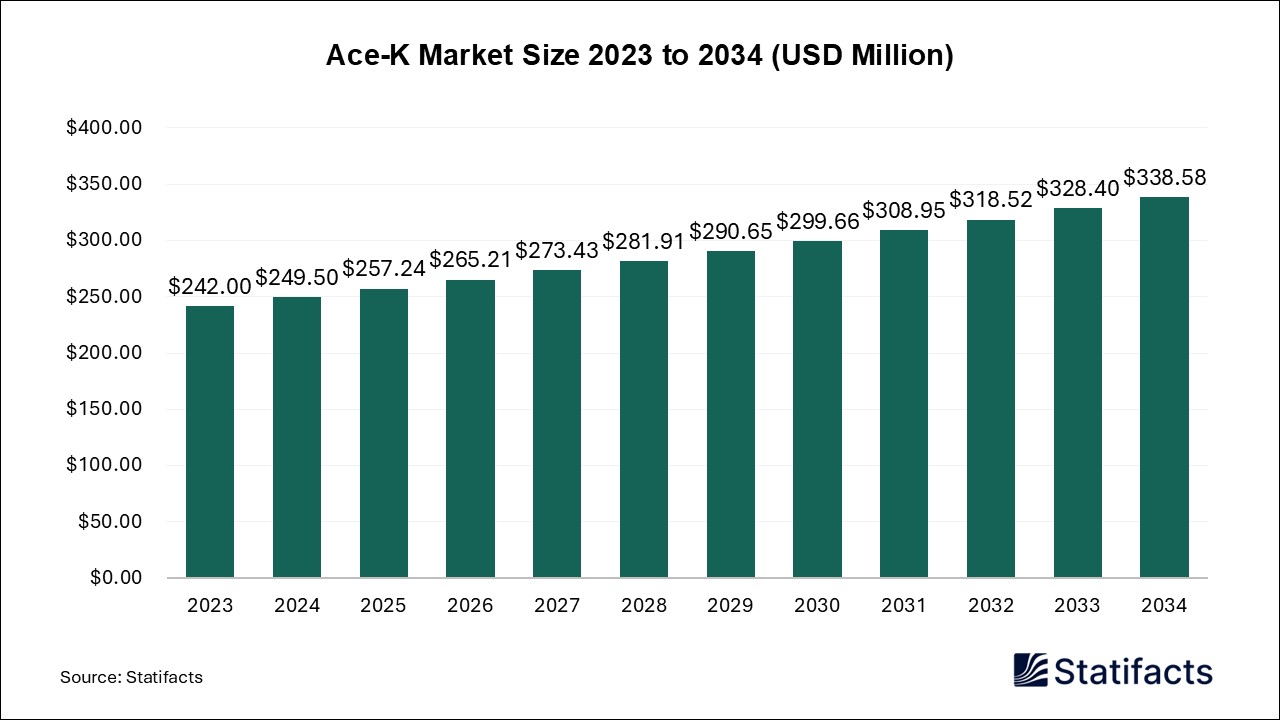

Our customers work more efficiently and benefit from
The global pharmaceutical rapid microbiology testing market size surpassed USD 1,110 million in 2024 and is predicted to reach around USD 5,620 million by 2034, registering a CAGR of 17.6% from 2025 to 2034.
| Industry Worth | Details |
| Market Size in 2025 | USD 1,310 Million |
| Market Size by 2034 | USD 5,620 Million |
| Market Growth Rate from 2025 to 2034 | CAGR of 17.6% |
The pharmaceutical rapid microbiology testing market refers to the production, distribution, and application of pharmaceutical rapid microbiology testing, which is the fastest methodology for pathogen and biological contaminant detection. This method offers a quick and accurate way to measure the presence and even the concentration of unwanted substances in a given sample. Rapid microbiology testing is an alternative, modern method of detecting contamination in samples that provides results faster than traditional compendial methods. Microbiology testing in pharmaceuticals also includes methods for the detection and identification of microorganisms in pharmaceutical products. The benefits of microbiology testing include speed, precision, and public health protection.
Microbiology tests have the major benefit of being able to identify the precise cause of an infection with amazing accuracy. Microbiology testing is essential for quality control and regulatory compliance and can help to minimize the risk of microbial contamination. This approach can also help to determine the appropriate manufacturing processes, sterilization methods, and maintenance procedures. Microbiology testing is critical for ensuring that your different product type meets the required microbiological limits and determining the Antimicrobial Effectiveness Test (AET) and microbial limit test, as well as identifying microorganisms and contamination.
Growing demand for point-of-care testing driving the growth of the pharmaceutical rapid microbiology testing market. The benefits of the growing adoption of point-of-care testing include cost efficiency, improved accessibility, rapid results, and timely interventions. Point of care testing (POCT) provides rapid turnaround of test results with the potential to generate a result quickly so that appropriate action can be implemented, leading to enhanced clinical or economic outcomes compared to laboratory testing. Point-of-care testing allows patient counseling, prevents unnecessary treatment escalation, and provides rapid results outside the hospital setting, such as in outpatient testing, to avoid hospitalization or confirm viral illness, thereby reducing antibiotic use.
The biggest benefit of POCT is that it provides faster access to test results, which can, in turn, expedite the speed of diagnosis and subsequent treatment. It also includes the benefits of point-of-care testing that stem from its ability to provide rapid test results, allow faster clinical decision-making, and reduce overall care costs for both patients and providers. Point-of-care testing plays an important role in delivering urgent and appropriate health services, especially in peripheral communities, emergencies, disaster areas, and crowded areas.
Increasing incidences of infectious diseases are driving the growth of the pharmaceutical rapid microbiology testing market. By offering more powerful tools for the earlier and more accurate detection of infectious diseases, molecular diagnostics represents a veritable revolution whose considerable clinical impact is constantly being demonstrated for many infections, with advantages including more appropriate use of pathogen-target therapies, a reduced length of hospital or emergency department stay, enhanced infection control practices, decreased unnecessary antibiotic use, and reduced overall health costs. New technologies like nucleic acid amplification, mass spectrometry, and genomic sequencing have revolutionized diagnostic testing for infectious diseases by providing rapid and robust results.
Technological advancements in microbiology testing are driving the growth of the pharmaceutical rapid microbiology testing market. Data analytics, artificial intelligence (AI), and machine learning (ML) can lead to a much more effective and more accurate microbial QC process, reducing the potential for human error and enhancing overall quality control in many industries like pharmaceuticals, food and beverage, and healthcare. Sensitive detection of gene transfer in a microbial community. Gene transfer allows bacteria to adapt to their environment. To detect gene transfer sensitively, synthetic biology tools are used that introduce an identifiable barcode into RNA when microbes exchange DNA.
Published by Laxmi Narayan , April 2025
For any questions about this dataset or to discuss customization options, please write to us at sales@statifacts.com
| Stats ID: | 8154 |
| Format: | Databook |
| Published: | April 2025 |
| Delivery: | Immediate |
| Price | US$ 1550 |



| Stats ID: | 8154 |
| Format: | Databook |
| Published: | April 2025 |
| Delivery: | Immediate |
| Price | US$ 1550 |

You will receive an email from our Business Development Manager. Please be sure to check your SPAM/JUNK folder too.

Unlock unlimited access to all exclusive market research reports, empowering your business.
Get industry insights at the most affordable plan
Stay ahead of the competition with comprehensive, actionable intelligence at your fingertips!
Learn More Download
Download

